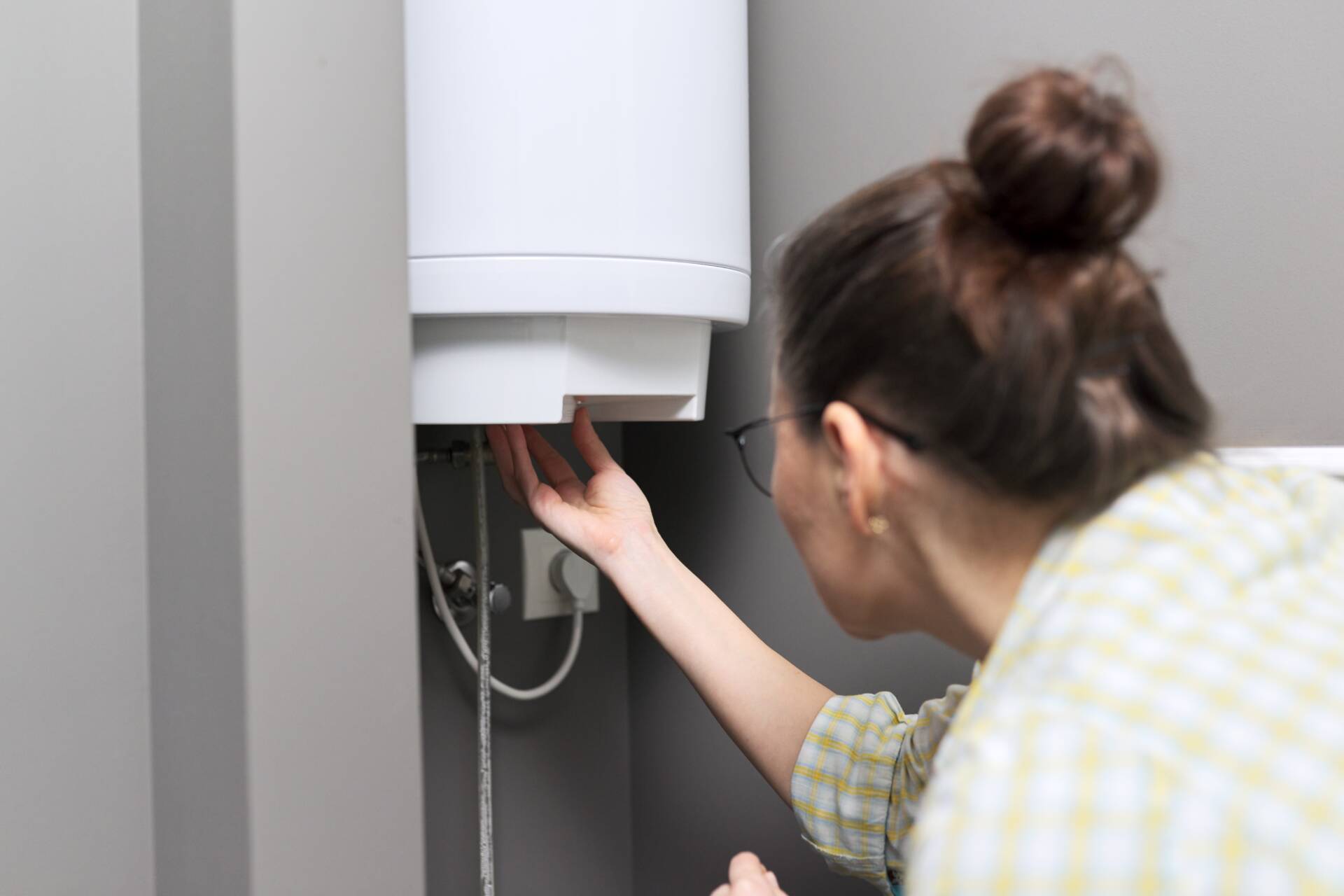Best Practices for Maintaining Your Home's Hot Water System
Best Practices for Maintaining Your Home's Hot Water System
Blog Article
Just how do you actually feel in regards to Tips on Maintaining a Water Heater?

Warm water is essential for everyday comfort, whether it's for a rejuvenating shower or cleaning dishes. To ensure your warm water system runs efficiently and lasts longer, normal maintenance is crucial. This article supplies useful ideas and insights on exactly how to keep your home's hot water system to prevent disturbances and costly fixings.
Introduction
Preserving your home's warm water system might seem overwhelming, but with a couple of basic steps, you can ensure it runs efficiently for many years ahead. This overview covers every little thing from comprehending your hot water system to DIY upkeep pointers and knowing when to employ professional aid.
Significance of Preserving Your Warm Water System
Normal upkeep not only extends the life expectancy of your warm water system but also ensures it operates effectively. Neglecting maintenance can lead to decreased effectiveness, greater power costs, and also early failing of the system.
Signs Your Hot Water System Requirements Upkeep
Understanding when your warm water system requires interest can stop significant issues. Look out for signs such as inconsistent water temperature, strange noises from the heater, or rusty water.
Flushing the Water Heater
Purging your hot water heater eliminates sediment build-up, boosting performance and lengthening its life.
Monitoring and Replacing Anode Rods
Anode rods avoid corrosion inside the tank. Examining and replacing them when worn out is essential.
Complex Issues Requiring Specialist Aid
Instances consist of major leaks, electrical troubles, or if your hot water heater is constantly underperforming.
Routine Expert Maintenance Benefits
Specialist upkeep can include comprehensive evaluations, tune-ups, and ensuring compliance with safety and security criteria.
Checking and Adjusting Temperature Level Setups
Changing the temperature level setups makes sure ideal performance and safety and security.
DIY Tips for Upkeep
You can do a number of maintenance jobs yourself to keep your warm water system in top problem.
Checking for Leakages
Regularly evaluate pipelines and connections for leakages, as these can cause water damage and greater bills.
Comprehending Your Warm Water System
Before diving right into maintenance jobs, it's practical to understand the standard parts of your hot water system. Commonly, this includes the hot water heater itself, pipes, anode poles, and temperature controls.
Month-to-month Maintenance Tasks
Normal regular monthly checks can aid catch small issues prior to they escalate.
Examining Stress Relief Valves
Checking the pressure relief valve guarantees it works correctly and stops excessive stress buildup.
Protecting Pipelines
Insulating warm water pipes minimizes warmth loss and can save power.
When to Call a Specialist
While DIY upkeep is advantageous, some concerns call for professional experience.
Conclusion
Routine upkeep of your home's hot water system is necessary for efficiency, longevity, and expense financial savings. By following these suggestions and understanding when to look for professional aid, you can make certain a trusted supply of warm water without unforeseen interruptions.
Water Heater Maintenance Tips
Test the TPR Valve
Shut off the power and the cold-water supply valve. Place a bucket under the pipe connected to the temperature-pressure-release (TPR) valve on the top or side of the tank. (This valve opens if the tank pressure gets too high.) Lift the valve’s tab to let some water out, then let go. If water keeps flowing, drain the tank partway, unscrew the old valve with a pipe wrench, and install a new one. Check the Anode Rod
Put a hose to the tank’s drain cock and let out a few gallons of water. Now fit a 1 1/16-inch socket onto the rod’s hex head on top of the heater (or under its top plate) and unscrew the rod. If it’s less than ½ inch thick or coated with calcium, buy a new one, wrap its threads with Teflon tape, put it back in the tank, and tighten securely. Use this segmented rod if headroom above the tank is limited. Drain the Tank and Wash Out Sediment
Drain the remaining water in the tank into the bucket, then stir up the sediment on the tank’s bottom by briefly opening the cold-water supply valve. Drain and repeat until clean water comes out of the hose. Close the drain cock, refill the tank, and turn its power back on. Adjust the Temperature
Find the temperature dial on the side of the tank and unscrew its cover. Adjust the dial to 120 degrees using a flathead screwdriver. For every 10 degrees the temperature is lowered, you can expect to save up to 5 percent in energy costs. Turn the water heater off or the thermostat down to its lowest setting if you plan to be away from home for more than three days. Insulate the Pipes
Buy some self-sticking 3/8-inch-thick foam pipe insulation that matches the pipes’ diameter. Slide the foam over the hot-and cold-water pipes as far as you can reach. Insulating the cold-water pipe prevents condensation in summer. Peel the tape and squeeze the insulation closed. If the pipe is 6 inches or less from the flue, cover it with 1-inch-thick unfaced fiberglass pipe wrap. https://www.thisoldhouse.com/plumbing/21016402/how-to-maintain-a-water-heater

I ran across that write up about How to Maintain Your Water Heater & Prolong its Life when surfing around the search engines. Be sure to take the opportunity to distribute this write-up if you enjoyed it. I thank you for reading our article about How to Maintain Your Water Heater & Prolong its Life.
About Report this page